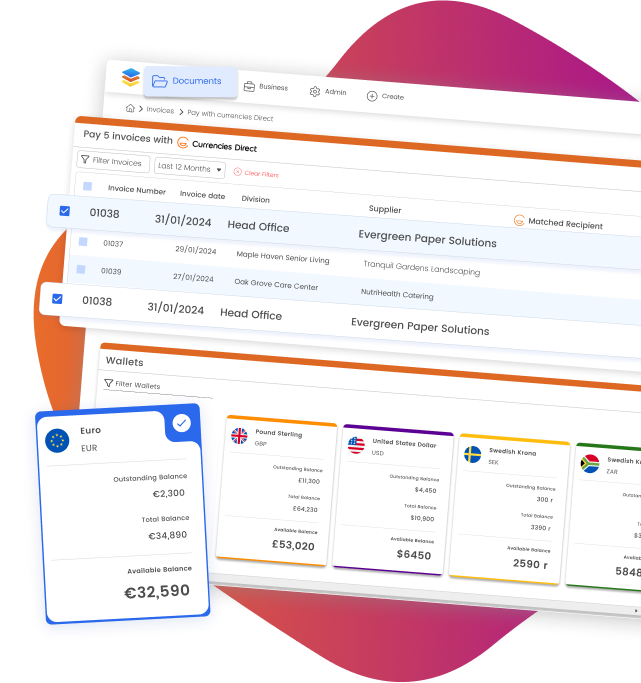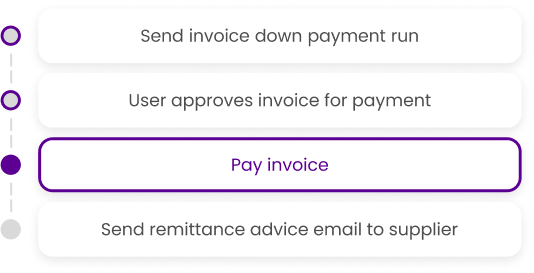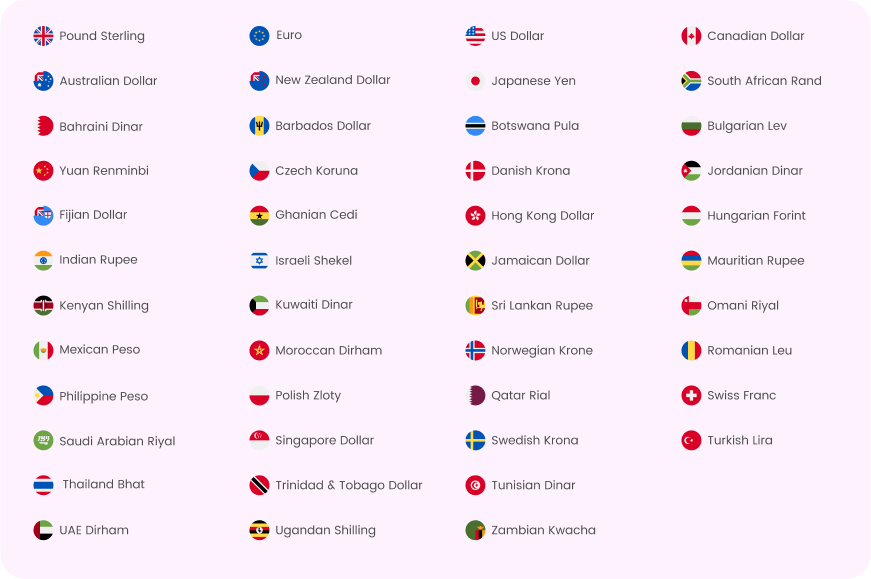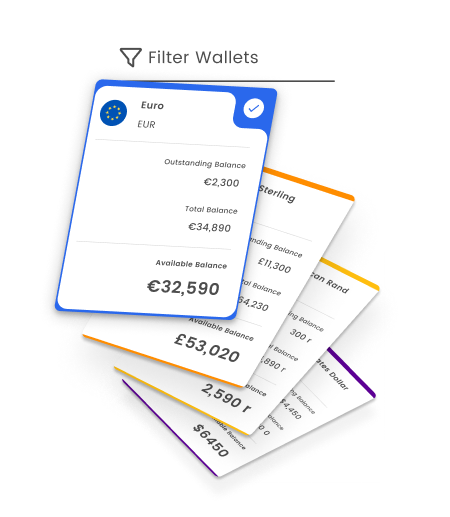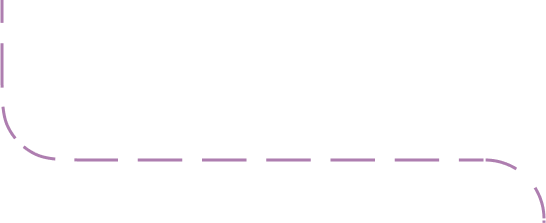Tools
Information
Contacting Us
- - Xero- Business Central- QuickBooks Online
Product
About Us
Automated Scheduled Supplier Payments
Pay your bills like a BossZahara has been streamlining and improving the purchase to pay function, working with high-growth finance teams to improve efficiency, and reduce payment times. And now we are offering easier supplier payments in multiple currencies having partnered with respected and award-winning Currencies Direct.
Simplify Your Supplier Payment Runs
Now you can make payments without the hassle of leaving the Zahara app.Managing your invoices is easier than ever before, simply follow the payment run and approve or reject as you go. Choose who is able to approve, edit, and pay invoices. You can even schedule payments to go out at times that suit your process.
24/7Currency Transfers40+CurrenciesFCATrusted and SecureView all CurrenciesGrow Your Supplier Relationships
Get notified when invoices are approved for payment so you don’t keep your suppliers waiting. Additionally, Zahara will let you send out your remittance emails once you’ve paid through currencies direct. You can automate this function or edit individual emails so your suppliers are notified when you’ve paid. It’s all good business.
Excellent Exchange rates
Use Zahara wallets to make payments in over 40 currencies and 120+ Countries. You can choose every time you make a payment which currency you’d like to use and you’ll be able to see exactly what the exchange rate is. Currencies Direct are on your side and will help you get the great exchange rate.Safe & Secure
Once a payment has been approved, we’ll lock it down. This means that no one can edit the invoice after approval, so you can rest assured you’ll only ever spend the amounts you’ve already approved. Currencies Direct are FCA authorised so you can trust them to handle your funds.
Have we done enough to convince you?


